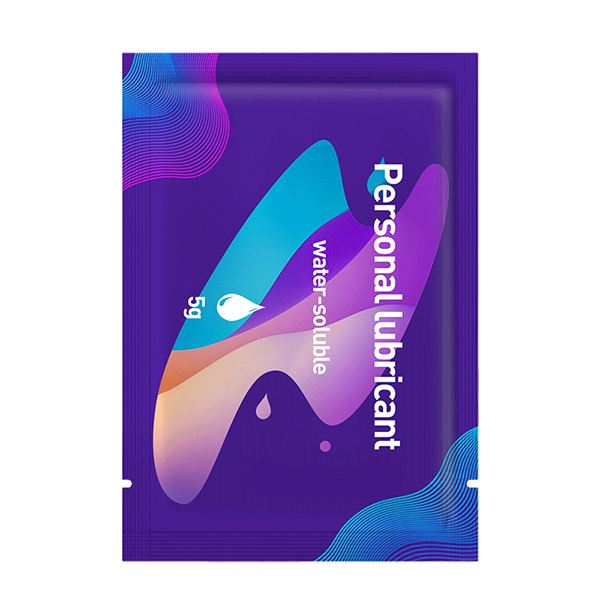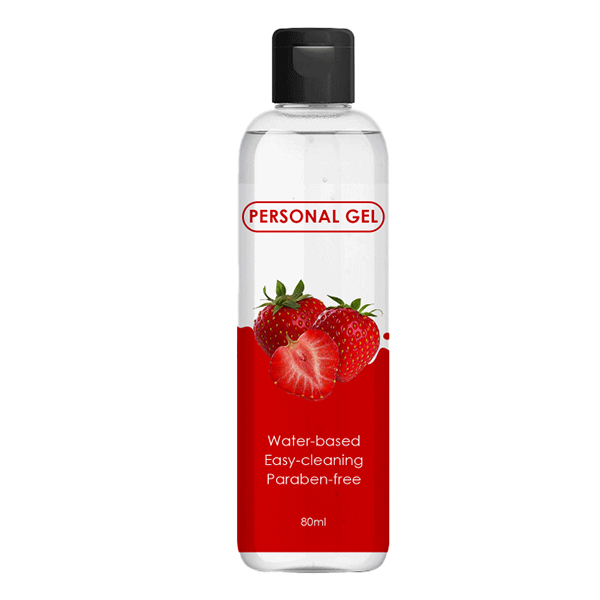The creation of a high-quality medical lubricant goes far beyond what a standard production line can achieve. It demands extremely rigorous environmental control, precise manufacturing equipment, and a stringent quality management system. During production, even tiny microorganisms or particulate matter can affect the product's safety and stability, especially for medical-grade products intended for direct human contact. Thus, exploring the birthplace of high-quality medical Lubricant—the 100,000-grade cleanroom—reveals the technology and commitment behind it.

A 100,000-grade cleanroom is a sterile production environment built to GMP (Good Manufacturing Practice) standards, meaning the number of particles larger than 0.5 micrometers per cubic meter of air is strictly limited to 100,000. This level of cleanliness minimizes contamination from air, personnel, equipment, and materials during production, thereby ensuring microbial indicators and heavy metal residues in products comply with medical-grade standards. This is not just a responsibility to the product but a commitment to user health.
In such facilities, every step, from raw material reception, compounding, filling, to packaging, occurs in a controlled environment. All operating personnel must wear sterile clothing and undergo strict disinfection before entering. Production equipment also uses medical-grade materials and is regularly sterilized. Furthermore, rigorous quality inspections span the entire production cycle, from raw material warehousing to finished product release, ensuring the safety, efficacy, and batch stability of every product lot, building strong market credibility for brands in the high-end segment.

Pingchuang Medical's medical-grade production quality assurance is at the heart of high-quality medical lubricant creation. Our production facility features a 16,000 square meter modern plant and a 3,000 square meter 100,000-grade dust-free cleanroom, strictly adhering to GMP pharmaceutical production standards. All medical-grade raw materials are used, and 21 quality inspection procedures control microbial and heavy metal residues, ensuring product safety and batch stability (with a deviation rate below 0.3%), establishing undeniable quality barriers and high-end market credibility for your medical lubricant brand.
